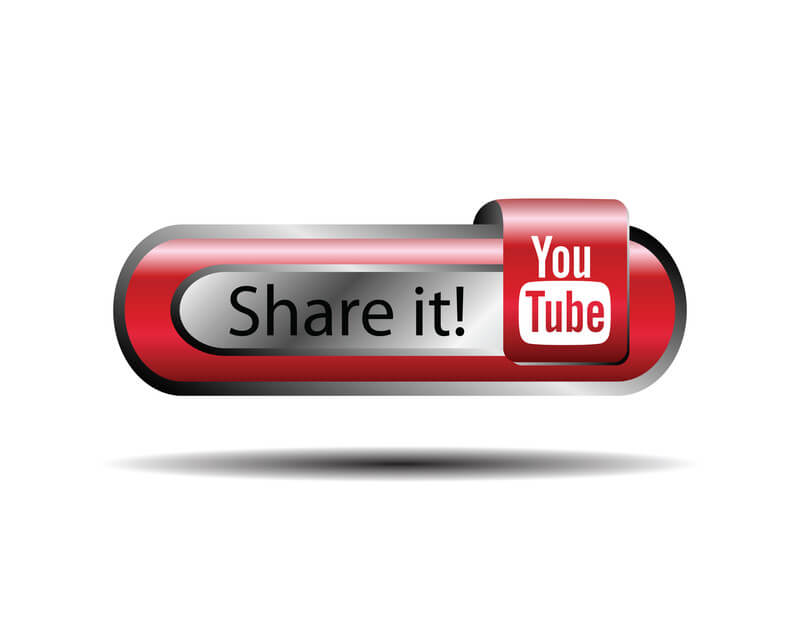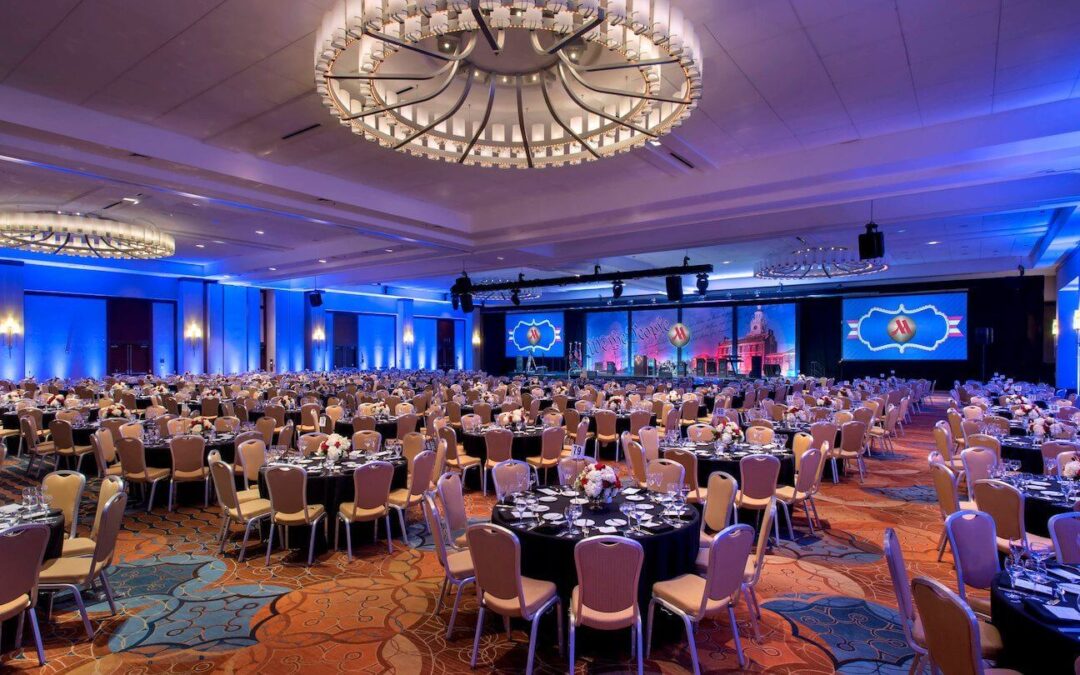
Use YouTube to Create Pre-Event Hype
There’s no shortage of ways to promote your event in the months, weeks, and days leading up to the date. Naturally, you’ll want to create pre-event hype to attract attendees and get them excited about the event, and this could include tactics like prominent placement on your corporate website or even setting up a dedicated website for the event, email marketing, online advertising, and of course, outreach through social media channels.
If you’re not yet using YouTube, you’re missing a major opportunity to connect with prospective event attendees in engaging and meaningful ways. Says Annie Fernandez, Director of Marketing at AMI, “They say a picture is worth a thousand words because it can convey information so much more quickly than text or verbal communication. Video offers even greater engagement and generates over 1000% more shares than text and images combined.”
In other words, it’s important to add video content to your plan for pre-event hype, and YouTube has the advantage of offering a free platform for promotion. Of course, you still have to use it right if you want to see results. Working closely with reputable and experienced event management experts like the professionals at American Meetings, Inc. (AMI) can put you on the right path. Here are just a few ways to use YouTube to create pre-event hype.
Brainstorm Content Strategy with Your Event Company
It’s important to post videos pertaining to your event, but if you want to inspire major hype (not to mention sharing) you have to post the right content. This means brainstorming with your event company to come up with content that highlights your event, contributes to your brand image, and encourages engagement and sharing.
This is no easy feat, but there are a couple of strategies to explore. The place to start is by using the tools you already have in place, such as notable event speakers. With short interview segments, you could tease topics and content for your event, just for example.
From there you can work in SEO to spread and track videos thanks to hashtags and embeds. You can ask featured personalities to share their videos through their own social media pages, hitting their followers and a much broader audience than your company might normally enjoy.
You could also go a different route and create viral video campaigns that are funny or mysterious to pique the interest of viewers. Or you could personalize your event by featuring employees in videos. Such tactics will depend largely on your brand image and what you’re comfortable with. You have to strike a balance between grabbing attention and staying true to your culture and ideals. The right event management company should be able to help you come up with a winning strategy for suitable content.
Coordinate Marketing Efforts Across Channels
YouTube is an incredible platform for promotion and hype, but getting the most out of your marketing strategy means taking a multi-channel approach that pairs video content with advertising and other social media efforts. At the very least, you need to push your content with links, images, and teasers through your other social media channels, including Facebook, Instagram, Pinterest, and so on.
Coordinated efforts could go much further, though, when you create complementary content that encourages users to go down a rabbit hole, so to speak, as they are shuttled onward to additional content. This could be as easy as adding outbound links to your website and other social media pages in your video content. The point is to work with your event company to find ways to create immersive marketing campaigns that center on your video content.
Boost Engagement with Proper Planning and Event Management
The problem with hyping your event is that you actually have to deliver on your promises. A great way to do this is to plan promotions that segue into event activities, as well as encourage participation every step of the way.
Consider crowdsourcing videos. You can start by creating your own video content and then challenging viewers to make it their own, so to speak. Take a cue from phenomena like the ice bucket challenge or the many dance challenges that have sprung up over the years (Harlem Shake, dabbing, etc.). Get creative with ideas for videos that lead into topics or activities featured at your event, so that attendees can become engaged and begin participating in advance.
An experienced event management company like AMI can help you come up with strategies and integrate platforms to create a unique marketing plan designed to hype your event. With the right video content and promotion through YouTube, you can get attendees excited well in advance of the actual event.






